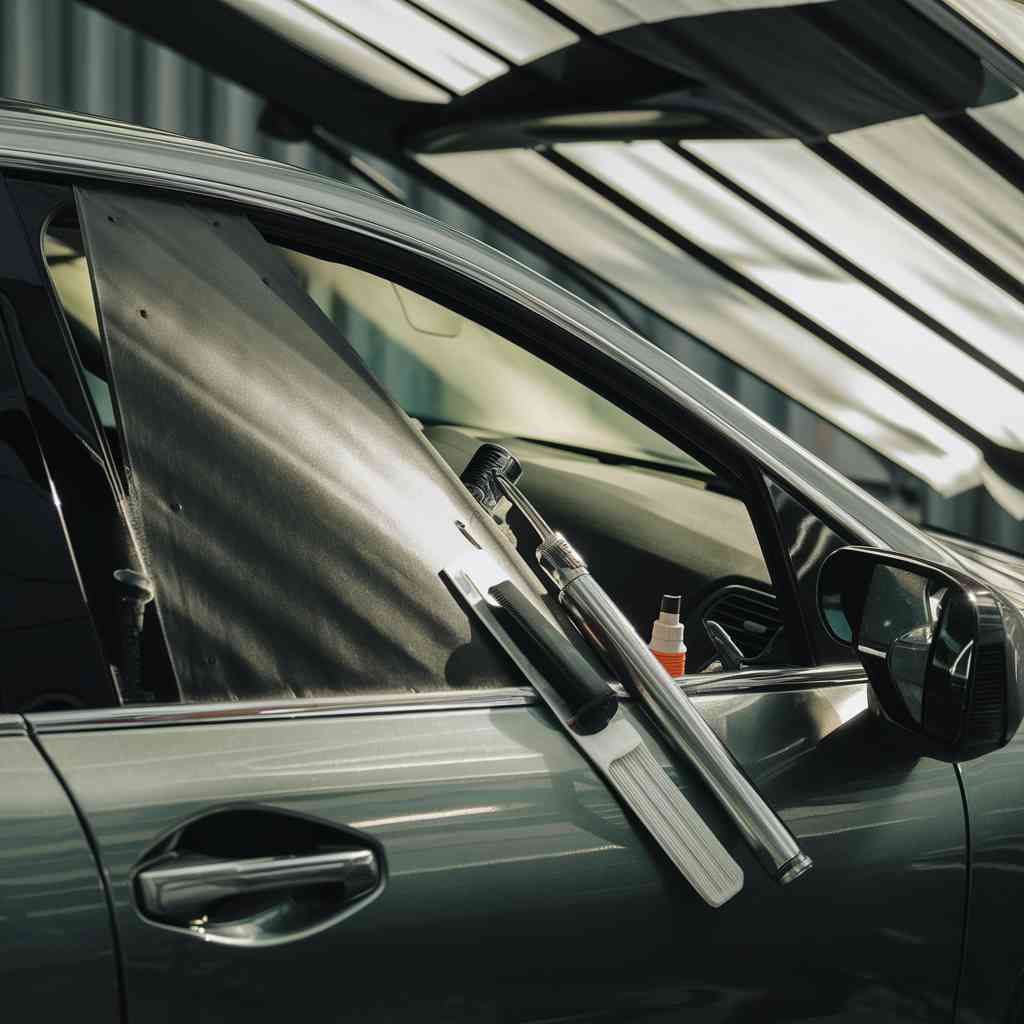A Step-by-Step Guide to Auto Window Tinting Installation

With an ever-increasing emphasis on personal automotive aesthetics and privacy, the art of auto window tinting has surged in popularity. However, the installation process can often appear daunting to the untrained eye, demanding precision, patience, and technical knowledge to achieve optimum results.
This comprehensive guide will provide systematic insights, steeped in industry know-how, about the selection of the right tint for your vehicle, and the meticulous process of tinting. As we explore this topic, the complexity of this seemingly simple enhancement will become increasingly apparent, encouraging a deeper understanding of what makes a successful and professional auto window tinting installation.
Selecting the Right Tint
Navigating through the myriad of options available for auto window tinting can be a daunting task, particularly due to the importance of selecting a tint that suits your personal needs, complies with local laws, and offers optimal functionality. Following a few key steps can drastically simplify this process.
Firstly, research your local laws regarding tinting – such regulations vary widely and non-compliance can result in fines.
Secondly, consider the primary function of your tint: whether it’s privacy, sun protection, or enhanced aesthetic appeal. Once these parameters are established, compare different brands, types, and specifications to find a match.
Detailed Tinting Process
Having selected the optimal auto window tinting tint that aligns with your needs and complies with local regulations, we can now proceed to the intricate process of tint installation, a procedure requiring precision and attention to detail.
The initial stage involves thoroughly cleaning the window to remove any dust or grime. After that, a strip of tinting film is meticulously cut to match the window’s dimensions. The film is then gently applied to the window, ensuring no air bubbles are trapped underneath.
Following this, a heat gun is used to make the tint adhere securely. The final step involves carefully trimming any excess film for a neat finish. With a professional approach, window tinting can be a successful DIY project, enhancing your vehicle’s aesthetics and functionality.